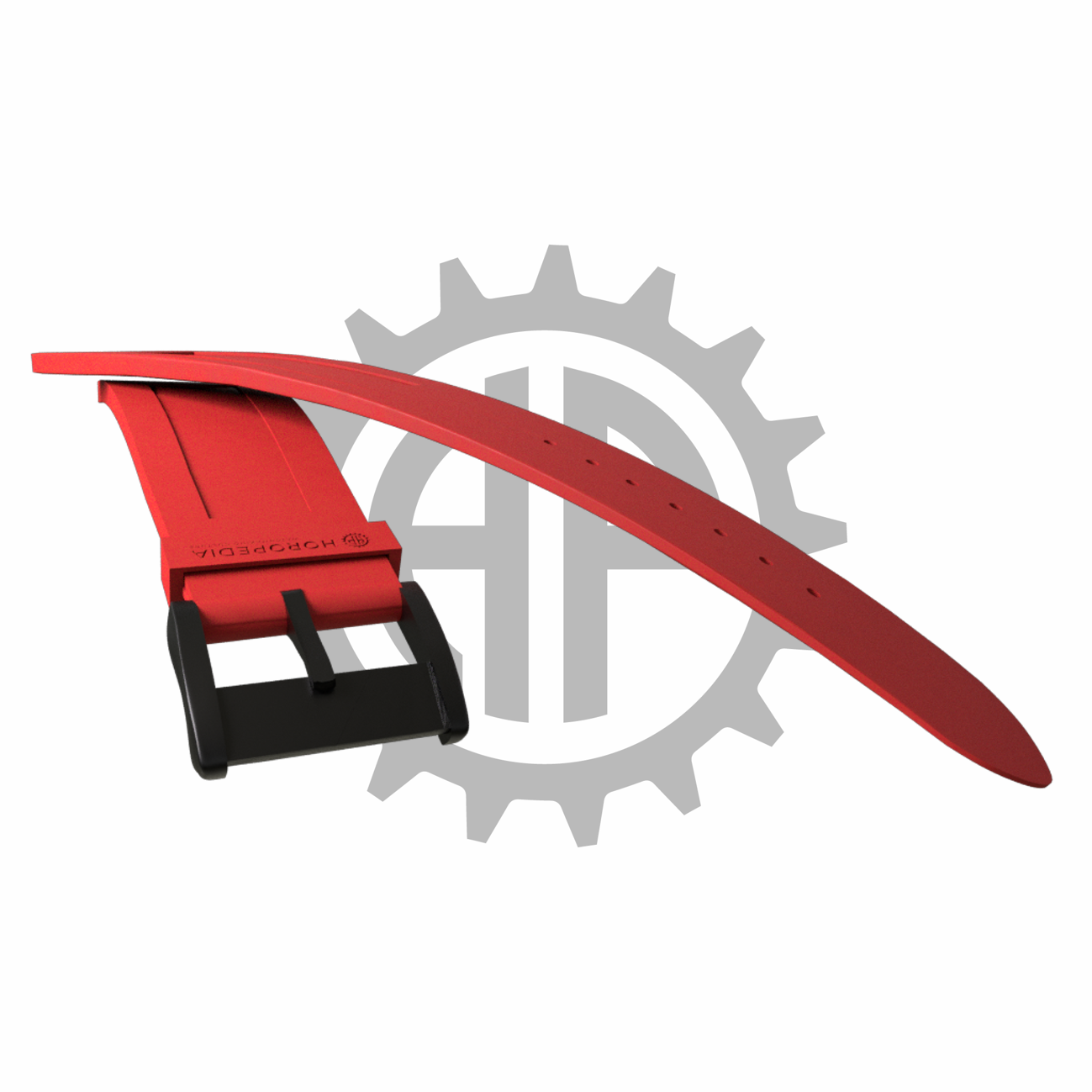BRACELETS AND BUCKLES
At the dawn of the 20th century, when watches left our pockets to adorn our wrists, the watch strap experienced a surge that has continued to evolve ever since. Initially made of leather, fabric, or metal, watch straps are now available in a multitude of materials (natural materials, plastics, rubber, composites, etc.). Throughout history, clasps have also evolved for specific uses or for increased security and reliability.

LEATHER STRAPS
When the first wristwatches appeared, leather was the material that best met the constraints of its use. Resistance, flexibility, ergonomics, and often elegance are qualities that still make it appreciated today. However, sensitivity to animal welfare, customs restrictions that emerged in the early 21st century, and technological advances are leading synthetic and plant-based materials to develop at the expense of leather straps.

METAL BRACELETS
By nature, metal straps are much more resistant and durable than leather straps. They can be immersed without damage and are often preferred for sports or extreme conditions. In other cases, they may be decorated or even set with stones to enhance the elegance of the design and assert its identity.

SYNTHETIC STRAPS
Plastic and rubber straps emerged in the 1980s. Manufactured by moulding, its cost decreases as production increases. There exists a variety of new synthetic materials used for straps. Silicone, composite materials, and ceramics bring their share of technical and aesthetic improvements.

PLANT-BASED BRACELETS
Thanks to recent technological developments and environmental awareness, plant-based materials are experiencing rapid evolution. Some of them closely mimic the appearance, feel, and flexibility of leather. Their strength, resistance to UV, and even comfort often surpass leather, and most of them are perfectly waterproof.

PIN / ARDILLON BUCKLES
The pin buckle resembles a miniature belt buckle. It is intended for leather, plant-based, or synthetic straps, one of which is perforated to adjust the bracelet’s length to fit the wrist.

DEPLOYANT/ FOLDING CLASP
Whether they are made of leather, synthetic material, or plant-based origin, the two ends of the strap always remain attached to the deployant or folding clasp. When you open this type of clasp, it unfolds like a wallet. It is then possible to put on or take off the watch with ease and speed. This type of clasp is safer than the tang buckle. If the clasp accidentally opens, the watch does not fall off and remains on the wrist.
BECOME A CONTENT CONTRIBUTOR
HOROPEDIA is a participative knowledge platform and we invite all those who wish to contribute to this adventure of sharing watchmaking knowledge to join us.
It can be additional explanations, images or other illustrations or terms not yet identified that deserve to be.
